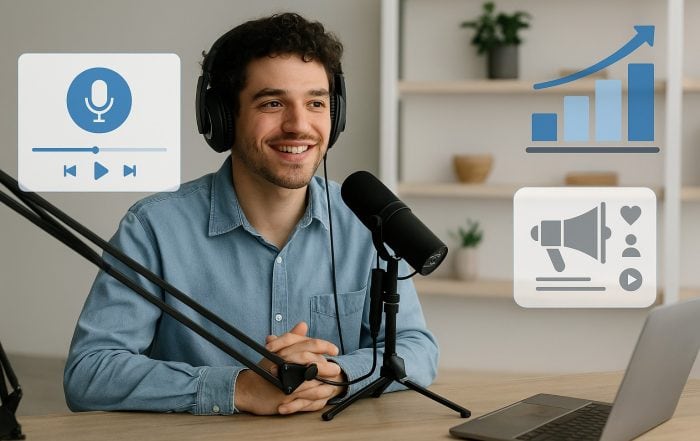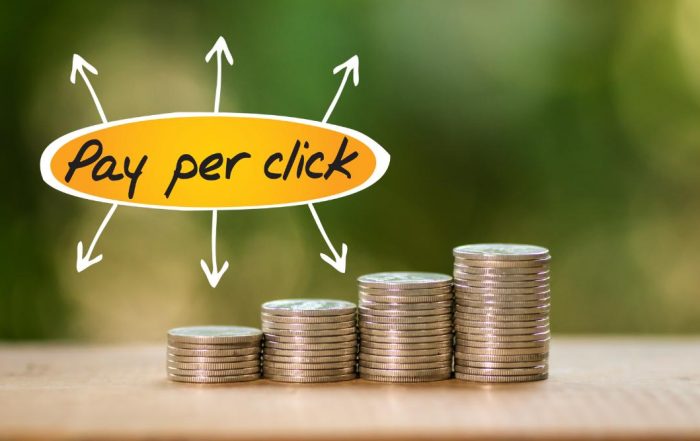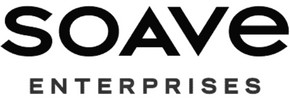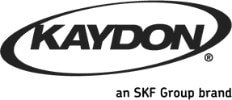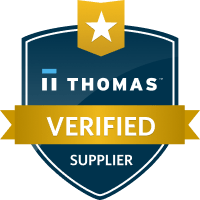
How to Boost Website UX to Increase Conversions
User experience (UX) is a key factor in your conversion rate optimization. It’s one of the top three trends impacting sales.
User experience (UX) is everything in the digital marketing world. Yes, I know you’ve heard it all before—content is king, SEO is vital, yadda, yadda, so isn’t this just another instance of a popular buzzword? No, it’s not! According to a report from Pricewaterhouse Coopers, customer experiences often fall short of their expectations, and 32% of customers will walk away from a brand after one bad experience. We aren’t just talking about fulfilling an order or charging the right price, either. The customer journey begins with the user’s online experience from the very first time they visit your website.
Join the conversation on LinkedIn’s article titled, “Will You Boost Your Website UX to Increase Conversions?“.
Here are some ways to improve various aspects of your UX, so it helps your conversion rate optimization (CRO) and ultimately boosts your revenue.
Follow Consistent Branding and Design for User Experience
Your website layout, design, and branding should do more than just look good. Visual elements play a pivotal role in grabbing the attention of visitors. Responsiveness and functionality are crucial for giving users the information they need, and a consistent, polished presentation ensures brand recognition across marketing channels and touchpoints. All these factors affect the user experience either positively or negatively, right at the start of their journey with you.
Getting it right:
Choose (and stick to!) a consistent color scheme that complements your branding throughout the site. Use the main sections of each page efficiently, avoid clutter, and don’t give the visitor too many options in a single space. Keep scrolling and clicking to a minimum and include clear calls to action in strategic locations.
Provide Simple, Intuitive Navigation for User Experience
Nobody likes to hunt for information. They like it even less if they can’t find it. The simpler and more intuitive your navigation, the better your traffic flows from page to page. Users need to have a clear path to follow, or they won’t stick around for long. For conversion rate optimization, visitors should always know exactly where they are on a website and how to get where they want to go.
Getting it right:
To deliver good UX navigation, develop a webpage design that includes breadcrumbs, places labels in familiar locations, avoids using tiny menus or icons, and makes it clear the navigation items are interactive. Include a website search option, so visitors can quickly look for the information they need.
Ensure Fast Loading Speed for User Experience
A website’s loading speed refers to how long it takes for all the text, images, and other components to appear fully on the screen. It depends on the type of page, file sizes, user behavior, quality of coding, and the number of plugins and widgets enabled on the page, among other things. Page load time is not only a major UX issue; it’s also a ranking factor in Google’s algorithm. Research shows users expect webpages to load within two seconds, while a 2019 study found conversion rates dropped by 4.42% for each second of load time after the first two.
Getting it right:
Reduce the number of HTTP requests in your webpage design so the page doesn’t have to load so many components. Resize all your images before publishing them and implement some of these technical best practices from Neil Patel for speeding up your site.
Repair Broken Links
Nothing spoils a user experience faster than following a link and getting the hated “404 – Page Not Found” error! When this happens, visitors get frustrated and leave, often never to return. According to WordStream, broken links devalue SEO efforts because they restrict the flow of link equity across the site. This result negatively impacts your UX as well as your ranking in search.
Getting it right:
As part of your CRO program, schedule a regular health check of your website links. You can use Google Analytics or various other free tools to identify broken links that need attention. Then, take the time to repair or remove links as necessary.
Offer a Responsive and Accessible Website
These might seem like two different issues, but they have precisely the same outcome: if your visitor can’t view your website correctly, there’s no reason to stay there. Responsive website design is a good industry practice, and with 61% of internet visits coming from mobile devices these days, it’s a CRO requirement you can’t afford to overlook.
Sites that aren’t accessible for at least the most common disabilities like blindness and deafness could fall foul of the Americans with Disabilities Act (ADA) recommendations and best practices. Most importantly, they won’t provide a good user experience for customers with these conditions.
Getting it right:
Design your website using a platform that provides a responsive version automatically. Even if you have to tweak it to get it 100%, you shouldn’t go live with a website that doesn’t work on every size screen. Set up accessibility features such as voice control, resizable text, image alt text, and choose your colors carefully to help visitors with disabilities get around the site and find the information they need.
The Take-Away
User experience is a key factor in your conversion rate optimization. It’s one of the top three trends impacting sales in 2021, and it begins with a user’s very first visit to your website. To increase the number of visitors you convert into leads, their initial impression of your company must be favorable. Implementing these tactics can help boost your website’s UX, which will result in a higher conversion rate.
Ready to get to work?
Fill out the form below to start your customized CRO program today.
Catch-up on our other articles about Conversion Rate Optimization:
…and find more from our “Learn from the Pros” webinar series on the CRO topic.
Author: Melih Oztalay



